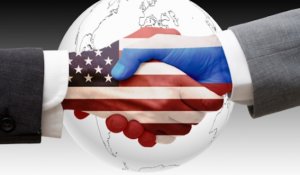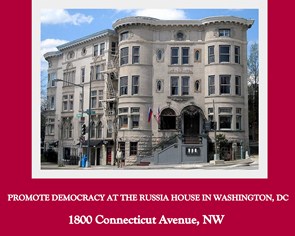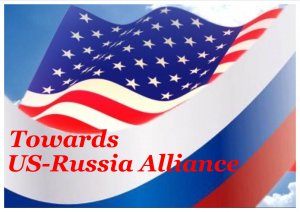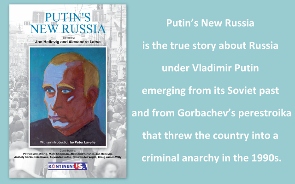Further below that is a link to a 30-minute documentary film on the nuclear bombings of Hiroshima and Nagasaki on August 6 and 9, 1945, respectively. The film was broadcast by RT.com on Aug. 4, 2015.
* * *
1. Entering the Nuclear Age, body by body. The Nagasaki experience
By Susan Southard, from TomDispatch, Aug 6, 2015
On the 70th anniversary of the beginning of the atomic age. Susan Southard’s Nagasaki: Life After Nuclear War is being published this week. It’s a hair-raising, breathtaking look at what the experience of nuclear war was really like through the eyes of five survivors of the Nagasaki bomb, all teenagers. Pulitzer-Prize-winning historian John Dower writes aboout the book: "Susan Southard does for Nagasaki what John Hersey did for Hiroshima, and more. She takes us beneath the mushroom cloud with harrowing, damning, eloquent intimacy — and then through ensuing decades of individual and civic recovery right up to the present day. Nagasaki is scrupulous, passionate, and compassionate history at its very best.”
Today, TomDispatch offers a selection from the book. For a $100 contribution to this site, you can get a signed, personalized copy of it. Check out our donation page for the details.
Introduction by Tom Dispatch:
The byproducts of that moment — raging dinosaurs, world-ending death rays, giant ants, and destroyed planets — ran rampant in pop culture, the classic stuff of B-movies. In those years, when the U.S. and the USSR were each building their arsenals to unimaginable heights and planning for something like world’s end, all of us were, in a sense, "on the beach.” Who didn’t read Neville Shute’s classic novel (or see the movie) and think about that vast cloud of fallout from the ultimate apocalyptic battle of the Cold War heading south or experience what curtains might mean, even in Australia? Who didn’t read the burgeoning post-apocalyptic mutant pulp fiction of that era even as, with A Canticle for Leibowitz, it became "literature”?
And doesn’t all of that, the fearful and the eerily fun-filled, seem the product of another time, long gone and half-forgotten? And yet here’s the eeriest thing of all: on this very day, nine countries with nuclear arsenals of varying sizes still possess, according to the latest estimates, a total of more than 15,000 such weapons, enough, that is, to obliterate countless Earths. And as it happens, 93% of those weapons are in the hands of either the United States or Russia, both of which are proudly and openly "modernizing” their nuclear stocks — in the case of the U.S. at a planned cost of a trillion dollars over the next three decades. Consider that a reminder that, in August 2045 on the 100th anniversary of the destruction of Hiroshima and Nagasaki, the former Cold War rivals still have every intention of being nuclear powers.
Most unnerving of all, the planners in those countries simply refuse to acknowledge the most basic nuclear facts — or at least they are utterly unmoved by them and by the thought of the eradication of humanity. It evidently matters little that if those "modest” nuclear powers, India (a mere 110 nuclear weapons) and Pakistan (a mere 120 of them), were to release just part of their arsenals in a South Asian nuclear exchange, the planet would enter "nuclear winter” and humanity would be decimated.
So, on a 70th anniversary in which the madness shows no sign of ending, it’s good to turn to Susan Southard’s monumental new book, Nagasaki: Life After Nuclear War, which offers a riveting, if chilling plunge into nuclear realities. Among other things, it reminds us that, unbelievably enough, humanity’s nuclear fate was never just prospective, never just a matter of thoughts, or plans, or dreams, or fantasies. Nuclear destruction of an almost unimaginable sort was the initial reality of the atomic age, with such weaponry actually used on two utterly defenseless cities. Thanks to the kindness of the editors of Viking, TomDispatch today takes you directly beneath the mushroom cloud in an excerpt from Southard’s book that follows five teenage nuclear survivors of the Nagasaki bomb through the very first moments of what has become an unending nuclear age.
2. The indefensible Hiroshima revisionism that haunts America to this day
By Christian Appy, TomDispatch.com, published on Salon.com, Aug 5, 2015
Here we are, 70 years after the nuclear obliteration of Hiroshima and Nagasaki, and I’m wondering if we’ve come even one step closer to a moral reckoning with our status as the world’s only country to use atomic weapons to slaughter human beings. Will an American president ever offer a formal apology? Will our country ever regret the dropping of "Little Boy” and "Fat Man,” those two bombs that burned hotter than the sun? Will it absorb the way they instantly vaporized thousands of victims, incinerated tens of thousands more, and created unimaginably powerful shockwaves and firestorms that ravaged everything for miles beyond ground zero? Will it finally come to grips with the "black rain” that spread radiation and killed even more people — slowly and painfully — leading in the end to a death toll for the two cities conservatively estimated at more than 250,000?
3. The war was won before Hiroshima; and the generals who dropped the Bomb knew it
By Gar Alperovitz, The Nation, August 6, 2015
The bomb was dropped, they say, to save the lives of thousands of Americans who would otherwise have been killed in an invasion of the Home Islands. Hiroshima and Nagasaki were largely destroyed and the lives of between 135,000 and 300,000 mostly Japanese women, children, and old people were sacrificed—most young men were away at war—as the result of a terrible but morally just calculus aimed at bringing an intractable war to a close.
This story may assuage the conscience of the air museum visitor, but it is largely myth, fashioned to buttress our memories of the "good” war. By and large, the top generals and admirals who managed World War II knew better.
4. ‘Atomic Message': Documentary film on RT.com,broadcast on Aug. 4, 2015
The following is a 30-minute documentary film on the nuclear bombings of Hiroshima and Nagasaki on August 6 and 9, 1945, respectively. The film was broadcast by RT.com on Aug. 4, 2015.



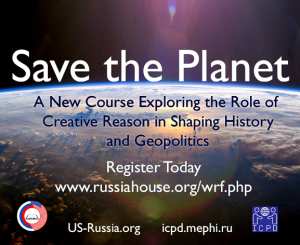
_jpg/250px-ElbeDay1945_(NARA_ww2-121).jpg)
